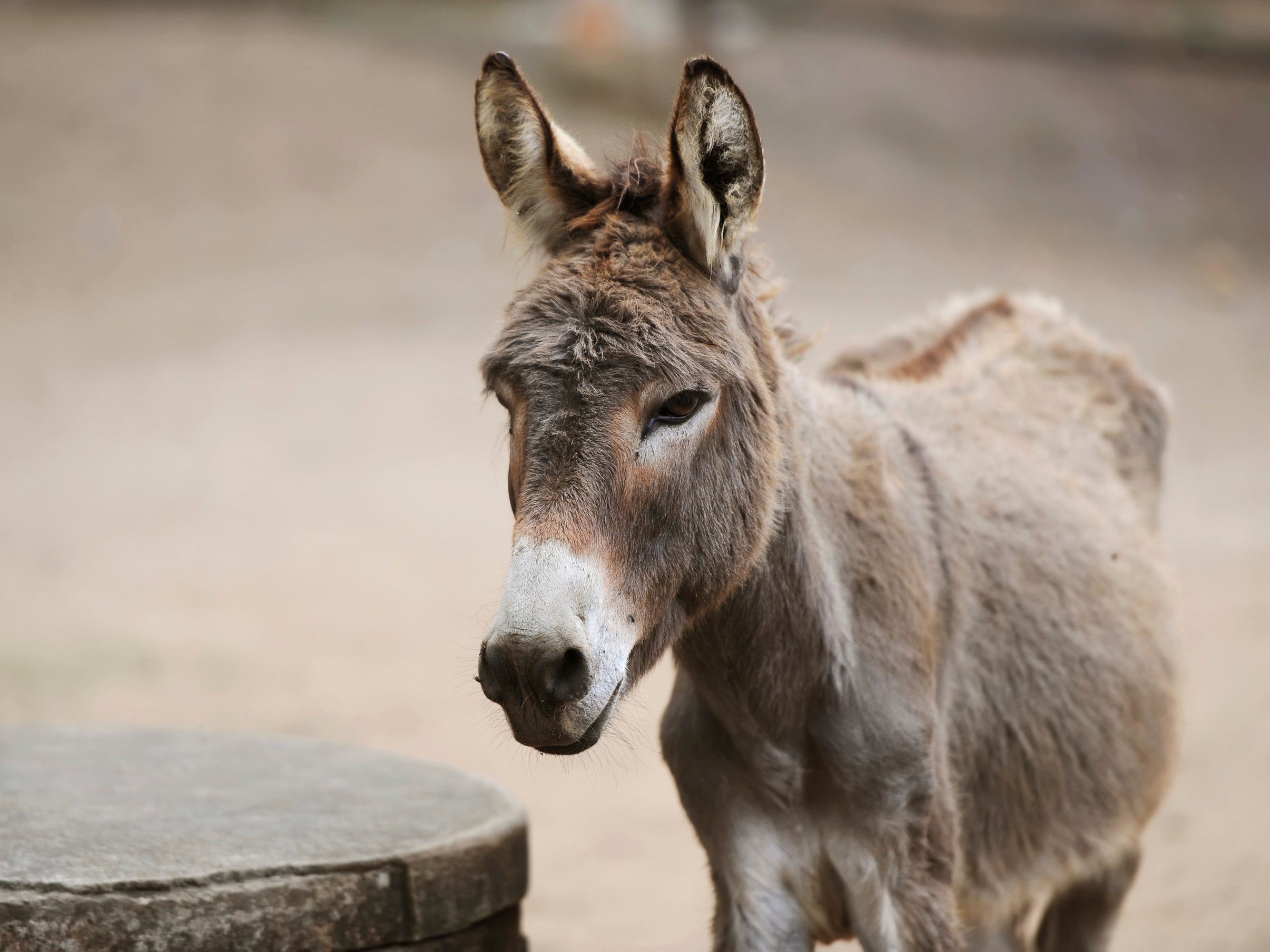Ancient people rode donkeys in Middle East long before horses were domesticated, new study suggests
Tooth wear provides clue to how beasts of burden were used in early Bronze Age

Your support helps us to tell the story
From reproductive rights to climate change to Big Tech, The Independent is on the ground when the story is developing. Whether it's investigating the financials of Elon Musk's pro-Trump PAC or producing our latest documentary, 'The A Word', which shines a light on the American women fighting for reproductive rights, we know how important it is to parse out the facts from the messaging.
At such a critical moment in US history, we need reporters on the ground. Your donation allows us to keep sending journalists to speak to both sides of the story.
The Independent is trusted by Americans across the entire political spectrum. And unlike many other quality news outlets, we choose not to lock Americans out of our reporting and analysis with paywalls. We believe quality journalism should be available to everyone, paid for by those who can afford it.
Your support makes all the difference.People living in the Middle East during the Bronze Age rode donkeys long before horses were introduced to the region, a new archaeological find has suggested.
Researchers uncovered evidence suggesting they were ridden as early as the third millennium BCE.
Excavation in the courtyard of a house in the now abandoned village of Tell es-Safi in central Israel, found the remains of an ancient domesticated donkey whose teeth appeared to show evidence a bit had been used to control it.
Using microscopes to examine them, they found that enamel on its lower molars had been worn down where normally they would be even, and polished.
A bit can be used to give riders more control over an animal’s direction, while a simple tether would allow it to be led, keep it from wandering.
Radiocarbon dating suggested this animal had been buried in around 2700 BC, some 700 years before horses appeared in the area.
It provides a clue to how the animals were used in the Early Bronze Age and dates to some 1,000 years before a previous study found “unprecedented” evidence of the use of “equid harnessing equipment” in donkeys.
Donkey remains found in Tel Haror, also in Israel, and described in 2013, were thought to date from the Middle Bronze Age, between the years of 1700 and 1550 BCE.
Israel’s Bar-Ilan University said in a statement that the latest find emphasises donkeys’ “significance as domesticated animals even at this early date”.
It added: “This development continues to impact the political, social, and economic life of many third world countries today where donkeys continue to be an important means of transportation."
Join our commenting forum
Join thought-provoking conversations, follow other Independent readers and see their replies
Comments